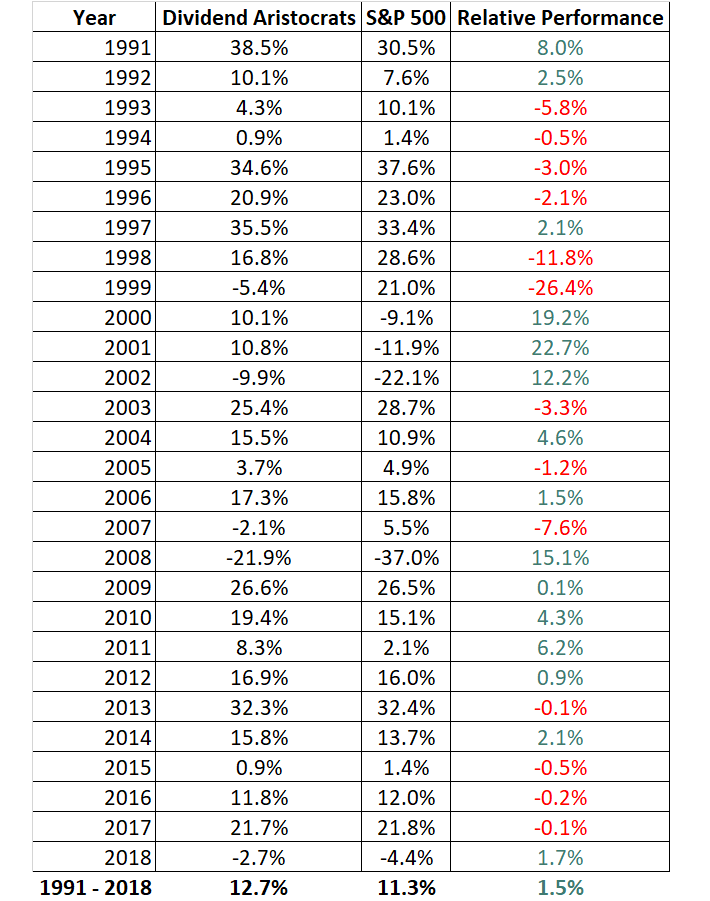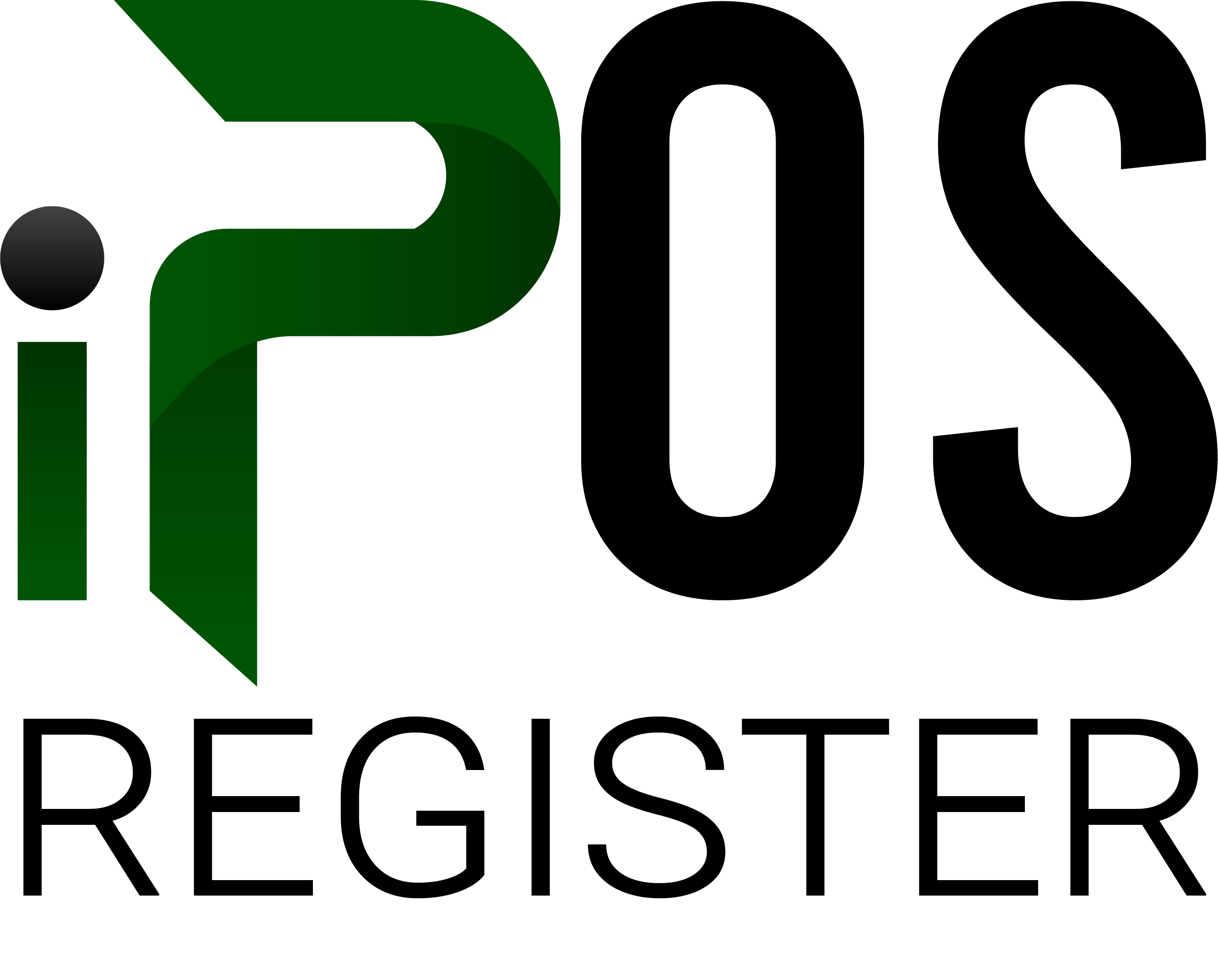How to Adjust Payroll Liabilities in QuickBooks Explained Scott M Aber, CPA PC

Adjusting employer contribution parameters, such as retirement plans or health benefits, should be carefully assessed to align with company policies and employee benefits. QuickBooks Online provides user-friendly options for these adjustments, allowing businesses to customize their payroll settings efficiently. It is critical to consider the implications of these changes, including potential impacts on employee paychecks, tax filings, and financial reporting. So, let’s dive into the specifics of adjusting, reconciling, and entering payroll liabilities in QuickBooks to ensure accurate financial reporting and compliance with accounting standards. Nearly 30% of small business owner’s overpay their taxes every year to the state and federal tax authorities either because of the incorrect tax payment calculation or because of the fear of getting penalties from the IRS. If you are an employer who has overpaid payroll tax liabilities using QuickBooks, then you might want to get the overpaid amount credited as your payroll tax liabilities and get this over payment adjusted in QuickBooks Company file.
Good Password Ideas and Tips for Secure Accounts
This recalibration process involves meticulously reviewing login or create an account each payroll tax and liability entry, correcting any discrepancies or errors, and ensuring that the withholding amounts and employer contributions are accurately reflected. Once identified, incorrect amounts are zeroed out through careful adjustments, which involve reconciling the adjusted figures with the company’s financial records. Adjusting payroll liabilities in QuickBooks Online allows you to correct any discrepancies and maintain accurate financial records. This process involves reviewing your payroll liabilities, identifying the adjustments required, making the necessary changes, and verifying the adjustments to ensure they are accurately reflected in your financial reports.
This method offers flexibility and precision in making adjustments, ensuring that your financial records accurately reflect the necessary changes. By carefully reviewing your payroll reports, identifying any errors or omissions, considering changes in employee benefits, and accounting for payroll adjustments, you will have a clear understanding of the adjustments required. These adjustments will form the basis of the next step in the process — actually adjusting the payroll liabilities in QuickBooks Online.
How to Set Up Payroll Liabilities in QuickBooks Desktop?
- Learn how to use a liability adjustment to correct employees’ year-to-date (YTD) or quarter-to-date (QTD) payroll info in QuickBooks Desktop Payroll.
- Now that you have completed the review and verification process, you can rest assured that your payroll liabilities in QuickBooks Online are accurately adjusted, reflecting the changes you have made.
- Now, let’s dive into the step-by-step process of adjusting payroll liabilities in QuickBooks Online to ensure your financial records are accurate and up to date.
- It is critical to consider the implications of these changes, including potential impacts on employee paychecks, tax filings, and financial reporting.
- If it’s overpaid, check out Resolve a payroll tax overpayment to learn how to handle them.
- You’ll just need to enter the date, amount, and payroll liability items that are shown on the report.
Now that you understand the process of adjusting liabilities through the Payroll Center, you can proceed confidently with making any necessary adjustments to your payroll liabilities in QuickBooks Online. By properly setting up payroll liabilities in QuickBooks Online, you will have a solid foundation for accurate record-keeping and easy adjustments when needed. Once you have completed the setup, you can proceed to the next step of determining the adjustments required. For instance, if an employee’s vacation pay is adjusted retroactively, it would prompt a change in the accrued vacation liability. Similarly, if a new tax law is enacted, it may lead to adjustments in tax calculations and withholdings.
Step 4: Adjust Payroll Taxes and Liabilities
It is crucial to consider the implications of these changes, as they may affect employee pay, tax reporting, and overall financial management. Adjusting payroll liabilities in QuickBooks involves making changes to the recorded amounts of various payroll obligations and ensuring that the financial records accurately reflect the current liabilities and taxes owed. By diligently following these steps, you can ensure that your payroll liabilities are accurately adjusted in QuickBooks Online. This will enable you to maintain accurate financial records, comply with tax regulations, and make informed decisions based on reliable payroll data. Using the Chart of Accounts to adjust payroll liabilities provides you with direct control over the specific liability accounts related to your payroll.
This option allows for a more pro forma financial statement template for underserved area expansions granular approach to adjusting payroll liabilities, enabling you to make precise changes based on your specific needs. By following this method in QuickBooks Online, you can confidently and efficiently adjust your payroll liabilities. Now let’s move on to making changes to the payroll tax liabilities in QuickBooks, but before that ensure you have the latest payroll tax table updates installed.

It is recommended to consult with a professional bookkeeper or accountant if you are unsure about the adjustments you need to make. In this comprehensive guide, we will explore how to adjust payroll liabilities in QuickBooks, QuickBooks Online, and QuickBooks Desktop. From identifying the need for adjustment to making necessary changes in payroll setup and reconciling liabilities, we will cover the essential steps simple interest rate formula and best practices for each scenario. It is essential to review the adjustments made in the Chart of Accounts to confirm their accuracy. You can generate payroll liability reports or review the individual liability accounts to ensure that the adjustments align with your requirements. By following this method, you can conveniently adjust payroll liabilities within the Payroll Center, eliminating the need to navigate through multiple menus or accounts.
Now, let’s dive into the step-by-step process of adjusting payroll liabilities in QuickBooks Online to ensure your financial records are accurate and up to date. When managing payroll in QuickBooks Online, it is important to ensure that payroll liabilities are accurately recorded. However, there may be instances where adjustments need to be made due to various reasons, such as correcting an error or reflecting changes in employee benefits. Please note that adjusting payroll liabilities should be done with caution, as it can have a direct impact on your financial statements and tax reporting.

